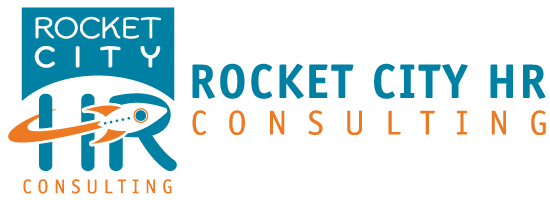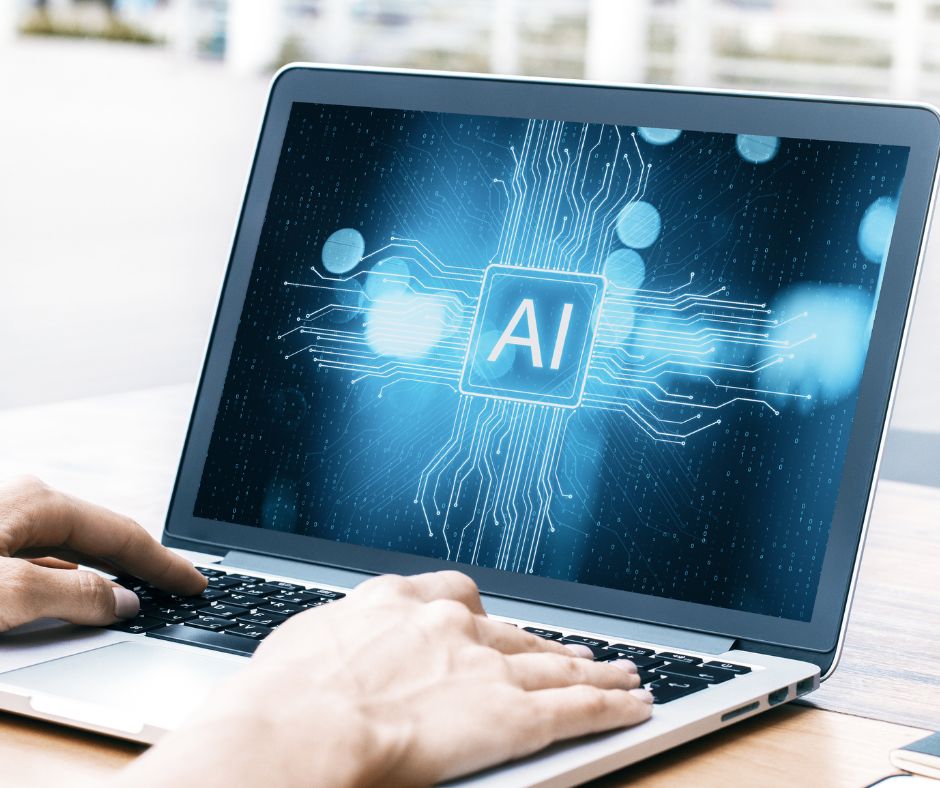Special Thanks: We would like to give a big thank you to ChatGPT for helping with this newsletter article.
In a world where technology plays an increasingly significant role in streamlining processes and boosting efficiency, the temptation to delegate tasks to artificial intelligence (AI) is undeniable for all of us. However, when it comes to crafting essential documents like an employee handbook, relying solely on AI may not be the wisest decision. Employees need to feel a sense of ownership and trust in the document; they will more likely respect its contents and comply with the guidelines with human touch and finesse.
An employee handbook is more than just a compilation of rules and regulations; it reflects your company’s culture, values, and expectations. You need human insight necessary to understand the nuances of your organization’s culture. AI cannot bring empathy, experience, and intuition to the table, which are necessary to relate to employees on a personal level. AI struggles with understanding context and interpreting the intricacies of language. Employee handbooks often contain complex policies, procedures, and guidelines that require nuanced explanations. You need to ensure your handbook is comprehensive and easy to understand for employees of all backgrounds.
Of course, one of the biggest reasons is that we, as HR professionals, must ensure our handbooks comply with local labor laws, regulations, and industry standards. It is crucial to avoid legal issues down the line and human expertise is essential for interpreting and applying complex legal language accurately. Employee handbooks can become outdated as your company evolves and grows. Changes in policies, procedures, or organizational culture require frequent updates to keep the handbook relevant and effective. In addition, it is important to verify the information provided by AI against official, up-to-date sources to ensure compliance. Human writers offer the flexibility and adaptability necessary to incorporate changes seamlessly, ensuring that the handbook remains a dynamic tool for communication and guidance.
While AI undoubtedly offers valuable assistance in many aspects of business operations, relying solely on AI to write your employee handbook overlooks the human element essential for creating a document that truly reflects your company’s values, culture, and legal obligations. By leveraging human expertise alongside AI technology, you can create an employee handbook that not only communicates policies and procedures but also fosters engagement, trust, and alignment with your organization’s objectives.
By Casey Fritz, SHRM-SCP







